Coast and Estuaries
There are a number of non-native invasive species that are a cause for concern in the Suffolk & Essex Coast & Heaths National Landscape. They have been particularly problematic in freshwater, coastal and estuarine habitats.
Here is a short description of the most problematic species in coasts and estuaries:
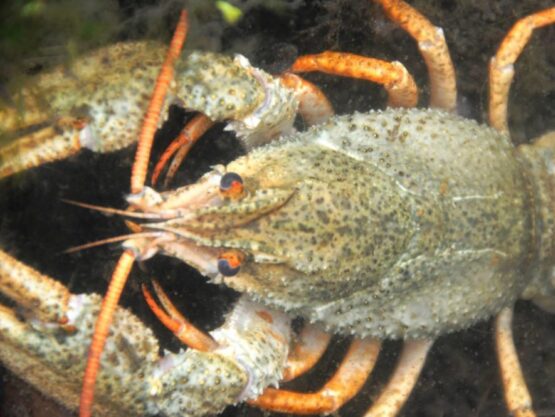
Photo credit: Trevor Renals
Turkish Crayfish
Also known as the Narrow Clawed Crayfish they range in size between 15–30cm and have very distinctive thin, straight claws.
They originate from Eastern Europe and they have the potential to out-compete the native White-clawed Crayfish and they can be a nuisance to anglers.
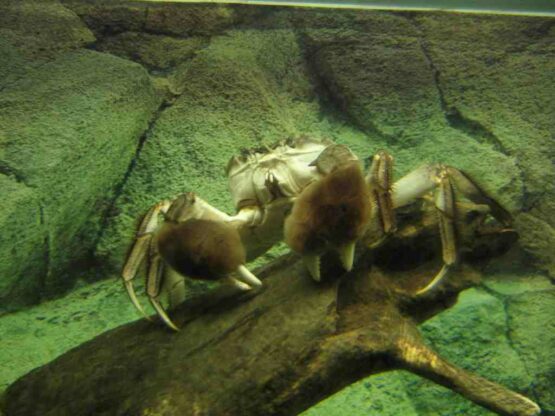
Photo credit: Stephan Gollasch
Chinese Mitten Crab
The Chinese Mitten Crab (Eriocheir sinensis) was first recorded from the River Thames in 1935 having been discharged from the ballast of ships.
They prefer to moult in freshwater but are unable to lay eggs at low salinities. Adults therefore migrate down rivers in the autumn to gather in estuaries to breed.
They can travel large distances and have been recorded up to 1,500km from the sea in their native China. They are also able to cross dry land and have been found in isolated freshwater ponds.
Chinese Mitten Crabs burrow into river banks, affecting their integrity and so can cause considerable damage. It has been placed on the IUCN 100 of the world’s worst alien species list.
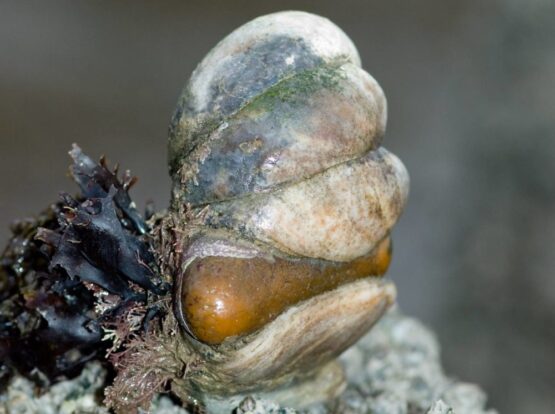
Photo credit: GBNNSS
Slipper Limpet
The slipper limpet (Crepidula fornicate) has a whitish shell, sometimes marked with red patches.
The aperture is half-closed by a characteristic white projecting plate giving the slipper appearance. It normally lives in groups, forming curved chains of up to 15 animals.
It was first discovered in Liverpool Bay in 1872, but this population has since died out. It was subsequently introduced to Essex between 1887 and 1890 with American Oysters (Crassostrea viginica) from north-east USA.
Slipper Limpet competes with and can displace other filter-feeding invertebrates. The species can be a serious pest of oyster mussel beds.
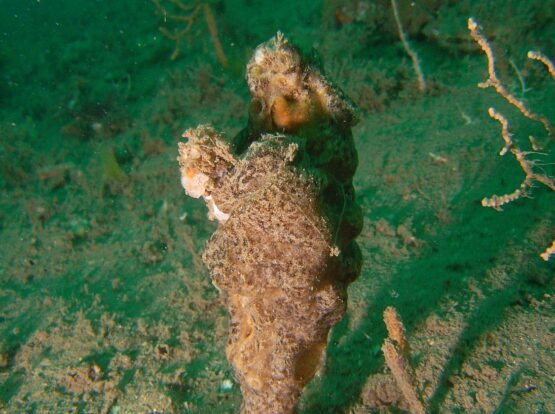
Photo credit: Chris Wood Marine Conservation Society
Leathery Sea Squirt
Sea squirts are animals shaped like a stout bag with two openings (siphons). The Leathery Sea Squirt (Styela clava) can be differentiated from other sea squirts in the UK by being solitary, with each individual having its own basal stalk.
The species was probably introduced in 1952 on the hulls of warships returning after the Korean war. Large populations dominate and displace other species through competition for food and space.
It is also a fouling pest on ship hulls and aquacultural infrastructure.
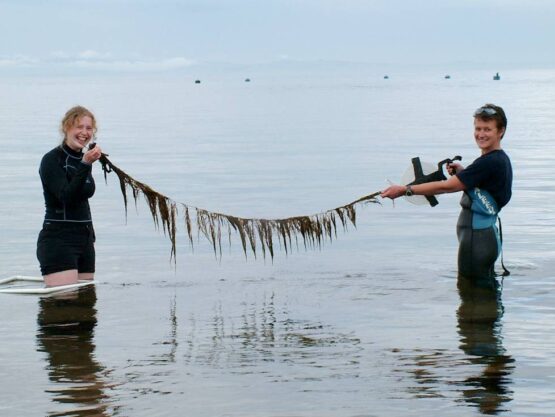
Photo credit: SNH
Wireweed
This should not be confused with the terrestrial plant, Wireweed (Polygonum aviculare). This non-native seaweed initially introduced to France as a hitchhiker on oysters either from Canada or Japan.
Wireweed (Sargassum muticum) probably spread from France to the UK, where it was first found on the Isle of Wight in 1973.
It spreads rapidly, approximately 30km per year along the coast of the UK, through very fast growth rate and production of numerous spores. It prefers warmer waters, but will tolerate a wide range of temperatures and salinity including estuarine conditions.
Wireweed can be a pest in harbours, shallow waters and on beaches, interfering with recreational use of waterways with detached plants forming large floating masses which can block propellers and intakes. It can also foul oyster beds and fisherman’s nets and competes with native plants such as sea grasses.
